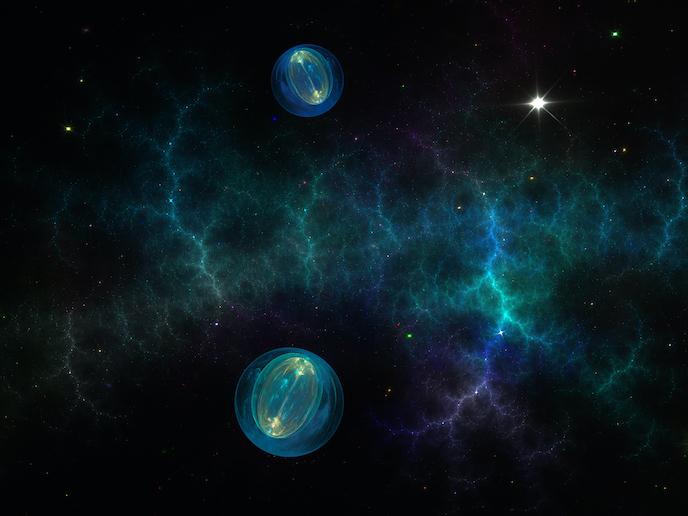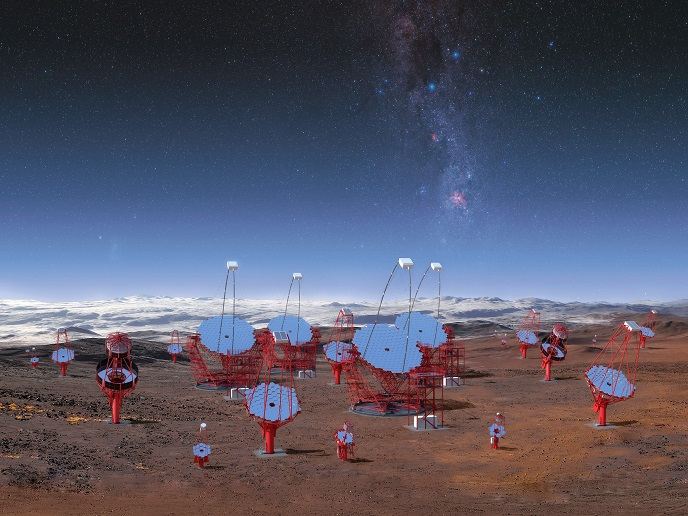Closing the gap between prediction and observation in neutrino physics
Neutrinos(opens in new window) are elusive particles, partly because their mass is much smaller than other known elementary particles(opens in new window), added to which they are not explained by the so-called ‘standard model of particle physics’(opens in new window). Additionally, as their interaction with matter is very weak, they can pass through the Earth almost undetected. There are three known types of neutrino: the electron neutrino, the muon neutrino and the tau neutrino. But there are suggestions of a fourth that is referred to as ‘sterile’ because it would interact even less with matter. Using terrestrial experiments and complementary cosmology probes, the Marie Skłodowska-Curie Actions(opens in new window) ENCORE project created computational tools and statistical methods to calculate theoretical predictions for several neutrino phenomena. These were then compared to experimental results to develop accurate models. “Although these tools were already known and are rather simple, applying them in neutrino physics for the first time was exciting!” explains Stefano Gariazzo who is based at the Corpuscular Physics Institute (IFIC)(opens in new window) joint research centre. This is affiliated to both the Spanish National Research Council (CSIC)(opens in new window), which hosted the project, and the University of Valencia(opens in new window).
From nuclear reactors to the early universe
ENCORE used terrestrial experiments to tackle problems related to the theoretical calculation of a nuclear reactor anomaly. Nuclear reactors are excellent sources of neutrinos, but the predicted number of electron antineutrinos(opens in new window) does not match observations in many experiments. To get their model to match these observations as closely as possible, the ENCORE team adjusted the values of their model’s parameters. “Ultimately, we did not achieve a match, we were out by a few per cent. However, our approach is important for better understanding the behaviour of nuclear reactors and could be used to monitor them, to prevent the development of nuclear weapons,” says Gariazzo, who is based at the University of Valencia. Knowing how many neutrinos are produced by each reactor isotope means that, by measuring exiting neutrinos, monitors can ascertain a reactor’s composition. This means they can detect fuel changes which would suggest some had been siphoned off for nuclear weapons. While the oldest information on the expansion of the universe, such as cosmic microwave background radiation(opens in new window) data, favours a three-neutrino framework, the team used cosmology to investigate the possibility of a fourth. ENCORE made the first complete calculations of neutrino oscillations in the early universe, based on four neutrinos. The team also made the first calculation of ‘relic neutrino clustering’, where cosmic neutrinos accumulate due to the gravitational potential of large cosmological structures near the Earth. Previous calculations only took into account the Milky Way, while ENCORE considered neighbour galaxies and galaxy groups. This is important, because increasing the volume of detectable neutrinos helps with further investigation into these elusive particles. “All these results put limits on the parameters that describe the oscillations of the different neutrino types. This will help future studies into whether there are three or more neutrinos,” adds Sergio Pastor, project supervisor at IFIC, Valencia.
An ongoing endeavour
The team is now working on a way to use ENCORE’s results within the PArthENoPE(opens in new window) code for Big Bang Nucleosynthesis(opens in new window) which calculates the production of light nuclei during the early life of the universe. The parameters of ENCORE’s models will now be continually updated as new data is made public in the coming years. Models will draw on data from DESI(opens in new window) and Euclid(opens in new window) in the cosmological context. Data from JUNO(opens in new window), ORCA(opens in new window) and STEREO(opens in new window) will provide insights on reactor and atmospheric neutrinos.







